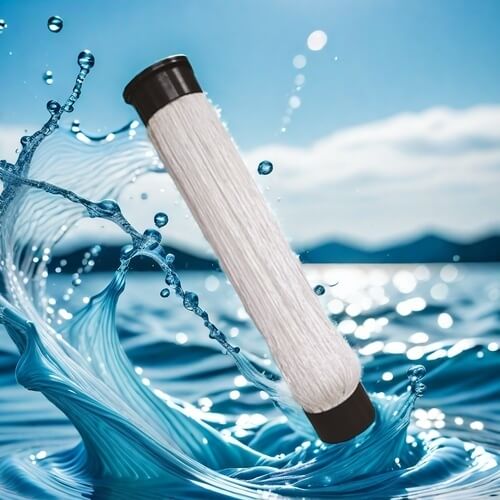Photovoltaic wastewater treatment process
The photovoltaic wastewater treatment process mainly involves the combination of multiple technologies to effectively remove pollutants from wastewater. The following are the key processes and steps for photovoltaic wastewater treatment:
Characteristics of photovoltaic wastewater
Photovoltaic wastewater mainly comes from the cutting, grinding, and cleaning processes of silicon rods, containing high concentrations of organic matter (such as polyethylene glycol), suspended solids (such as silicon powder), fluoride ions, and acidic and alkaline pollutants (such as hydrofluoric acid and nitric acid)
Dealing with these wastewater faces the following challenges:
Large fluctuations in water quality: The composition and concentration of wastewater change frequently, making it difficult to treat stably.
High processing cost: Most of the equipment is imported, resulting in high maintenance and operation costs.
Unstable treatment effect: A single technology is difficult to meet the removal needs of different pollutants.

Common processing techniques
The treatment of photovoltaic wastewater usually adopts the following processes:
1. Chemical precipitation method
By adding chemicals, heavy metal ions in wastewater react with the chemicals to form insoluble precipitates, thereby removing heavy metals
2. Redox method
Adding oxidants or reducing agents to wastewater to promote the oxidation or reduction reaction of heavy metal ions, in order to achieve removal
3. Adsorption method
Separate heavy metal ions from wastewater using adsorbents such as activated carbon, zeolite, etc
4. Membrane separation method
Using membrane technologies such as reverse osmosis and electrodialysis, pollutants in wastewater are removed through selective membrane permeation
5. Biochemical treatment
Combining anaerobic and aerobic processes, organic pollutants are degraded through microbial metabolism. Common processes include:
Hydrolytic acidification: pre-treatment of high concentration organic compounds.
Aerobic treatment: further degradation of residual organic matter
Comprehensive process flow
Due to the complexity of photovoltaic wastewater, multiple process combinations are usually used. For example:
Preprocessing: Use physical precipitation to remove large particle impurities.
Biochemical treatment: combining anaerobic and aerobic processes to remove organic matter.
Advanced treatment: further purify the effluent through membrane separation technology and adsorption method.
Future prospects
With the development of technology, intelligent control systems and automated management will become important directions for photovoltaic wastewater treatment to improve efficiency and reduce costs. Meanwhile, strengthening real-time monitoring of wastewater composition will help optimize treatment processes and ensure stable effluent quality
